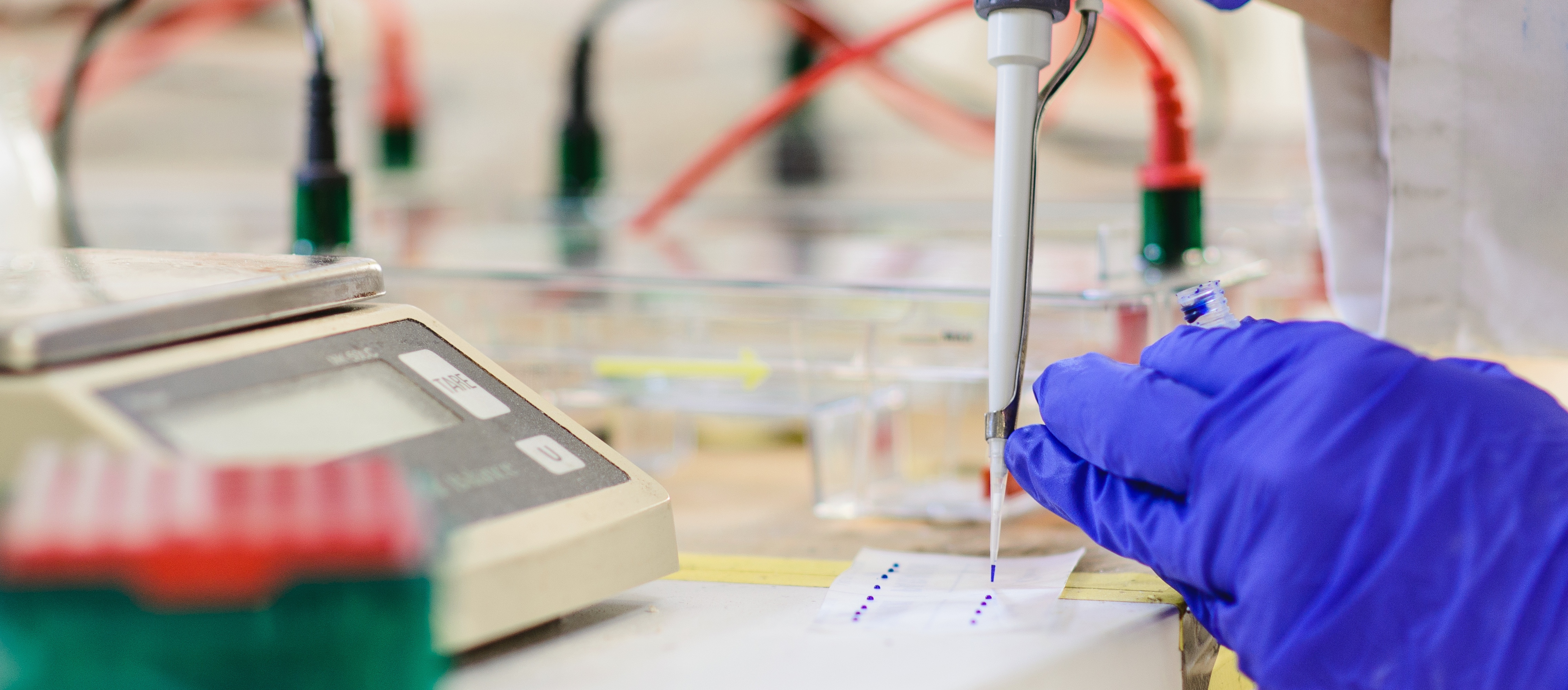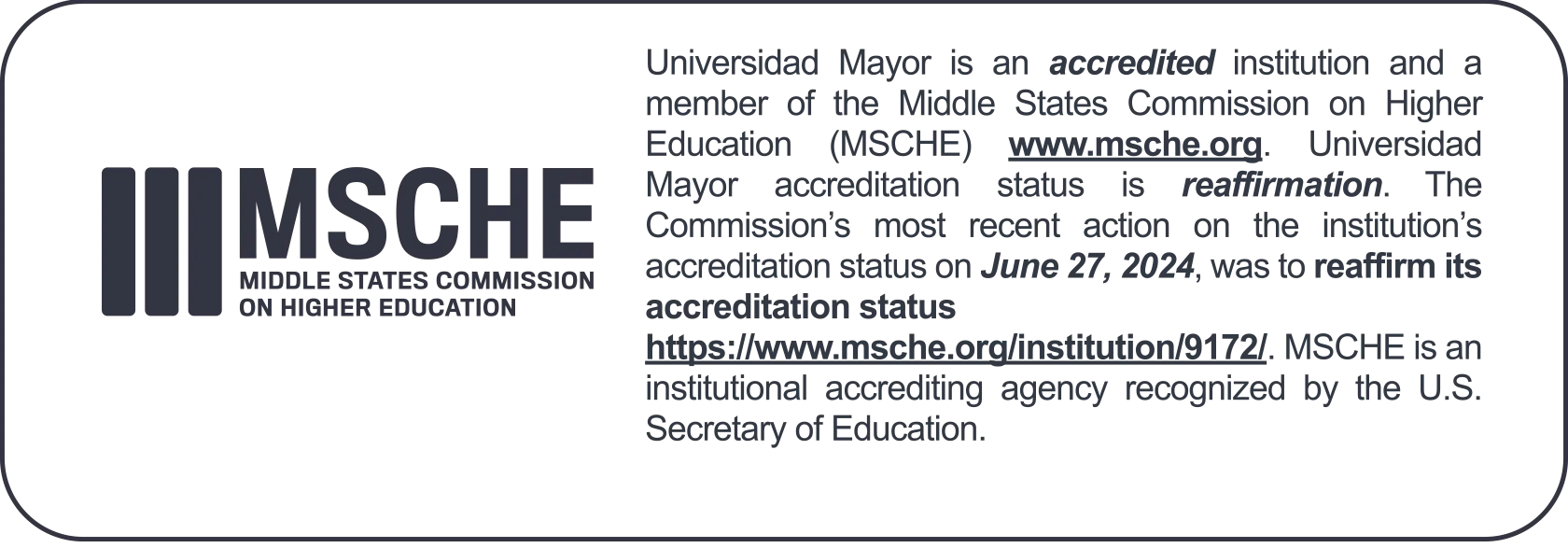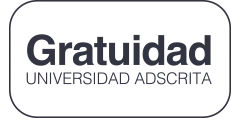Niemann⁻Pick type C (NPC) disease is a rare neurovisceral cholesterol storage
disorder that arises from loss of function mutations in the NPC1 or NPC2 genes.
Soon after birth, some patients present with an aggressive hepatosplenomegaly
and cholestatic signs. Histopathologically, the liver presents with large
numbers of foam cells; however, their role in disease pathogenesis has not been
explored in depth. Here, we studied the consequences of gadolinium chloride
(GdCl₃) treatment, a well-known Kupffer/foam cell inhibitor, at late stages of
NPC liver disease and compared it with NPC1 genetic rescue in hepatocytes in
vivo. GdCl₃ treatment successfully blocked the endocytic capacity of hepatic
Kupffer/foam measured by India ink endocytosis, decreased the levels CD68-A
marker of Kupffer cells in the liver-and normalized the transaminase levels in
serum of NPC mice to a similar extent to those obtained by genetic Npc1 rescue
of liver cells. Gadolinium salts are widely used as magnetic resonance imaging
(MRI) contrasts. This study opens the possibility of targeting foam cells with
gadolinium or by other means for improving NPC liver disease. Synopsis:
Gadolinium chloride can effectively rescue some parameters of liver dysfunction
in NPC mice and its potential use in patients should be carefully evaluated.








